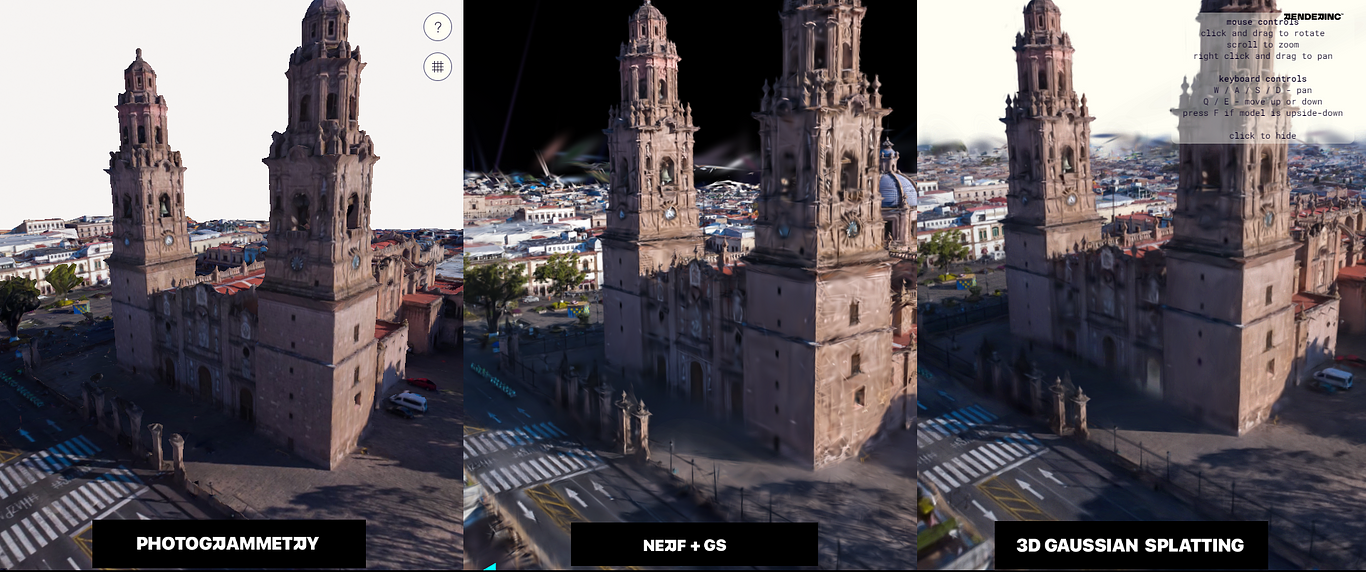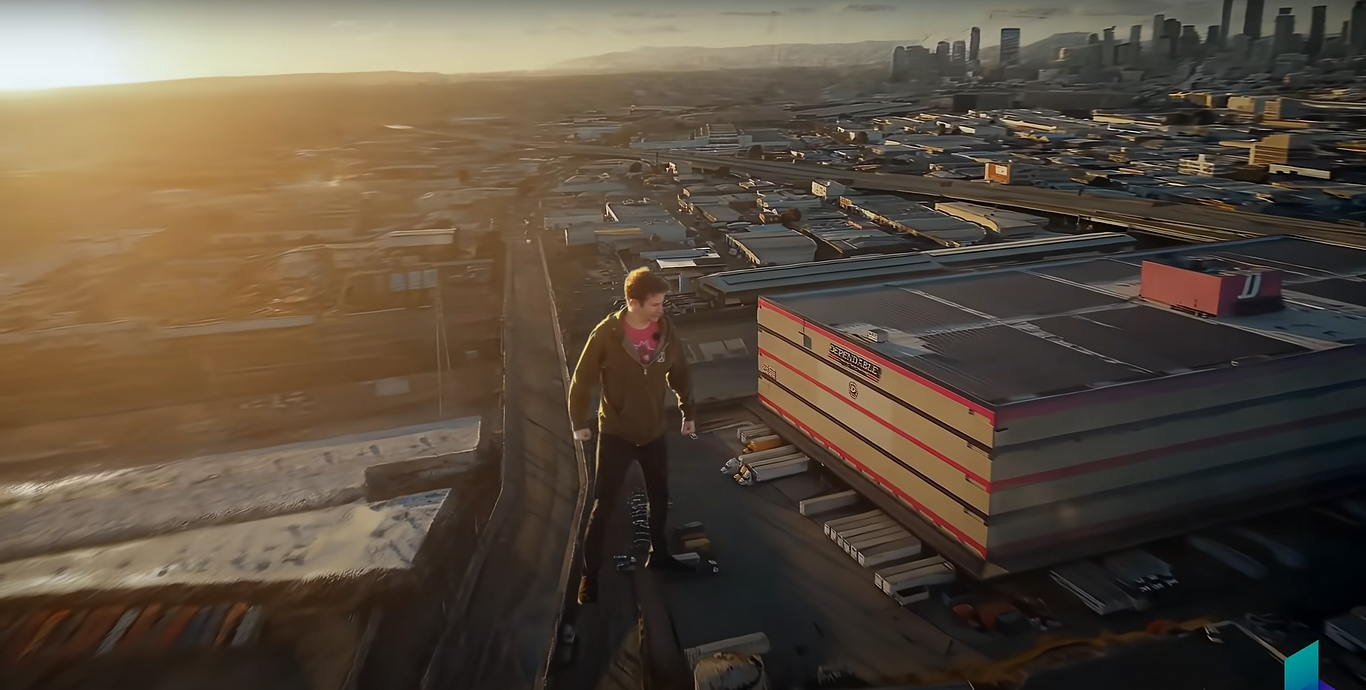
Other
Photogrammetry, NERF and Gaussian Splattering
Artist Mario Rocha shared on his Facebook profile his experiments on three of the most recent 3D technologies: Photogrammetry, NERF (Neural Radiance Fields) and Gaussian Splattering.
He writes (translated from his original post):
He writes (translated from his original post):
Hello everyone!
I'm excited to share one of the projects I'm diving into this year. In our ongoing pursuit of innovation, I'm delving into three captivating technologies for this year's workshop in which we will capture, explore, and implement photogrammetry, NERF (Neural Radiance Fields), and Gaussian Splatting. 📸💻🌌
This is becoming even more accessible thanks to the democratization of online processing applications. However, it is always possible to get the most out of processing it internally for production.
The idea behind this experiment is to understand how these technologies can be valuable in our 3D production processes, web-related projects, e-commerce, the reconstruction and documentation of spaces via point clouds and video, and even the creation of “digital twins” with updates in real-time and simulations.
📷 Photogrammetry: Basically, it's all about converting photo sequences or point captures into 3D models.
💻 NERF: This involves neural networks that convert 2D photographs or videos into 3D models using training.
🌌 Gaussian Splatting: This technique turns images, videos, or captures into soft, detailed 3D models based on Gaussian dots, plasters, or spots. This can be extremely useful for web integrations and interactive projects.
In terms of production, there are already some plugins that allow us to connect these captures or models directly on platforms such as Unreal or Blender, which opens up a world of possibilities, especially in places where it is not possible to capture imagery with drones.
This project is a personal experiment I'm truly enjoying, and I thought it would be cool to share with all of you. If you have questions or want to know more, I'm happy to chat about it. 😊
Sequences of images of the Morelia CATHEDRAL were taken using 100 images in .jpg format with a DJI Mini 2:24mm / 1/2.3" CMOS / 12MP/f/2.8 Sensor, a basic camera to test its capability.
You can see the results of his experiments on his website clicking here.
A more comprehensive explanation on the process of creating NERF scenes from footage was also posted by Corridor Crew on their YouTube channel:
You must be logged in to post a comment. Login here.
About this article
Photogrammetry, NERF (Neural Radiance Fields) and Gaussian Splattering are some of the coolest, most promising new technologies out there. See how they're created and their uses in arch viz.
visibility1.41 k
favorite_border0
mode_comment0







